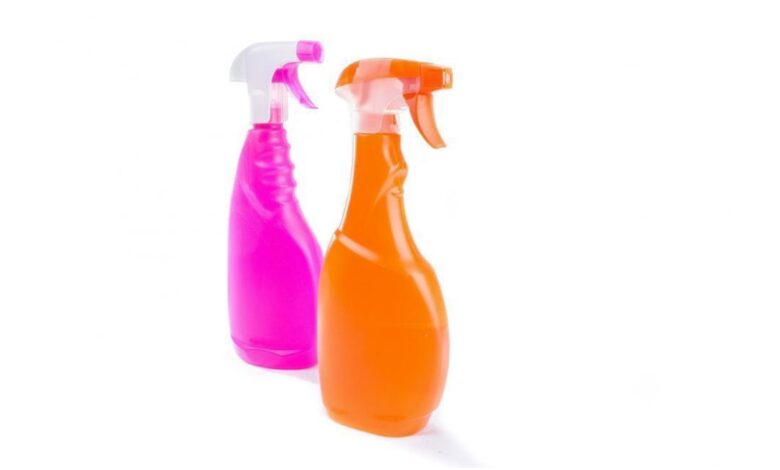How Health Facilities Can Keep Top-Notch Hygiene on Their Premises

As the COVID-19 pandemic has shown us, good hygiene is essential to preventing the spread of disease. Health facilities must therefore maintain high standards of cleanliness in order to protect their patients, staff, and visitors. In this blog post, we’ll explore some of the ways in which health facilities can keep top-notch hygiene on their premises.
Using a UV Shoe Sanitizer
In recent years, there has been increasing pressure on health facilities to maintain high standards of hygiene. This is in response to the rise of superbugs, which are strains of bacteria that are resistant to antibiotics. Superbugs can cause serious illnesses and even death, so health facilities must do everything they can to prevent them from spreading.
One way to keep bacteria and other pathogens at bay is to use an ultraviolet (UV) shoe sanitizer. To that end, you can protect personnel and patients with HealthySole UV sanitizers. They work by killing bacteria and other microbes on contact. They are quick and easy to use, and they don’t require any special training to operate.
Studies have shown that UV shoe sanitizers are effective at reducing the spread of bacteria and other pathogens. In one study, UV shoe sanitizers were shown to reduce the number of bacterial colonies on shoes by 90%. In another study, they were shown to reduce the number of contagious diseases spread by healthcare workers by 50%.
UV shoe sanitizers offer many benefits over traditional methods of sanitizing shoes, such as spraying them with chemical disinfectants. Chemical disinfectants can be toxic, and they can also damage shoes. UV sanitizers are safe, and they won’t damage your shoes.
If you’re looking for a way to keep your health facility clean and safe, this product is a great option.
Using the Right Chemicals for Cleaning
Health facilities need to maintain high levels of hygiene at all times. This helps to prevent the spread of germs and diseases. One of the ways health facilities can ensure top-notch hygiene is by using the right chemicals for cleaning.
There are a variety of chemicals that can be used for cleaning, and each has its own benefits. For example, bleach is an effective disinfectant and can be used to clean a variety of surfaces. However, it can also be corrosive, so it is important to use it carefully. Other cleaning chemicals, such as quaternary ammonium compounds, are also effective disinfectants and are less corrosive than bleach.
When choosing a cleaning chemical, it is important to consider the specific needs of the health facility. For example, some may be more effective against certain types of germs than others. It is also important to consider safety. Some chemicals may be more toxic than others and can pose a risk to the health of workers and patients if they are not used properly.
Educating the Staff to Maintain Hygiene
Health facilities are responsible for the safety and health of their patients, staff, and visitors. Maintaining a clean and hygienic environment is critical to preventing the spread of illness and disease.
There are many ways health facilities can keep top-notch hygiene on their premises. One way is by educating the staff on the importance of hygiene and proper hand-washing techniques. Everyone should be regularly reminded of the hygienic policies in place. Another way is to make sure all surfaces are clean and disinfected on a regular basis.
By taking these measures, health facilities can help keep everyone safe and healthy.
Promoting Good Hygiene among Patients
One key to maintaining good hygiene in health facilities is to promote good hygiene among patients. This means that patients should be encouraged to practice good personal hygiene, such as washing their hands and using the restroom in a clean and sanitary manner.
In addition, health facilities should have clear and well-publicized policies on hand hygiene and proper use of the restroom. These policies should be enforced by all staff members, and patients should be made aware of them.
Finally, health facilities should regularly clean and disinfect all surfaces using EPA-approved sanitizers. They should also have a plan in place for dealing with any spills or accidents. By following these simple guidelines, health facilities can help to ensure that their premises are always clean and safe.
It is important for health facilities to maintain top-notch hygiene in order to prevent the spread of diseases. There are a number of ways to achieve this, including proper hand-washing techniques, regular cleaning of surfaces, and using disinfectants. Health facilities can also make use of technology, such as UV light, to sanitize areas. By following these guidelines, health facilities can provide a safe and clean environment for their patients.



